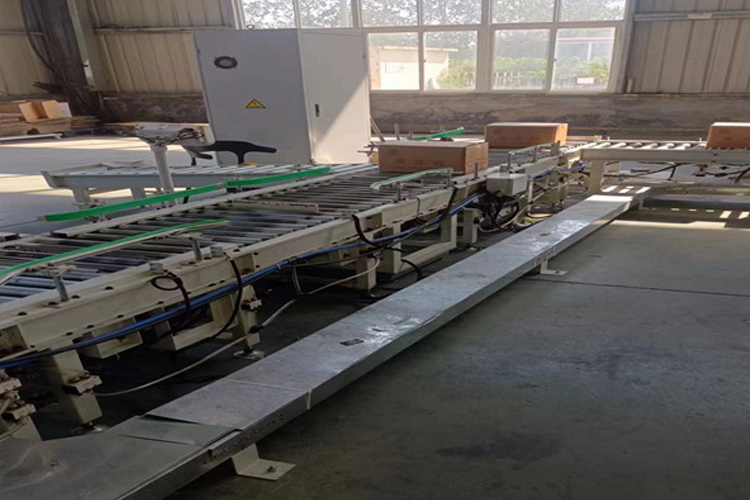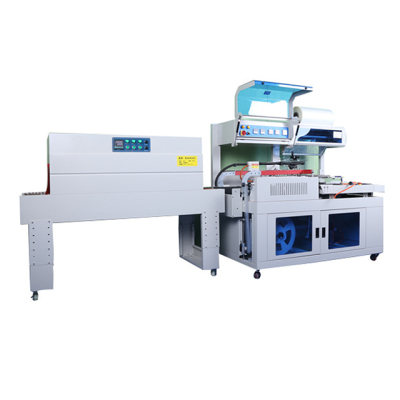Features of fully automatic industrial handling robots
What are the characteristics of fully automatic industrial handling robots? Automatic industrial handling robots through the built-in laser radar, vision sensors and other high-precision equipment, can sense the surrounding environment in real time, accurately identify obstacles and independently plan the path. Whether it is a complex factory layout, or a narrow corridor and corner, the handling robot can easily shuttle through it to ensure the smooth handling of materials. In addition, these robots are highly adaptable and can automatically adjust routes according to real-time changes in the production line, enabling seamless docking and effective collaboration. The following is an introduction to the characteristics of fully automatic industrial handling robots.
1. Diversified handling capacity
One of the highlights of fully automated industrial handling robots is their diverse handling capabilities. Depending on the size, weight and shape of the material, they can flexibly switch between different clamps and robotic arms, from simple stacking to complex assembly operations. Whether it is heavy parts, fine components, or fragile and dangerous goods, the handling robot can handle with just the right strength and accuracy to ensure the integrity of the material during transportation.
2. Effectiveness and sustainability
Compared with manual handling, fully automatic industrial handling robots can work continuously, and are not affected by fatigue, time constraints and personnel mood fluctuations, and maintain an effective and stable operating state. This effective working mode not only greatly improves the overall efficiency of the production line, but also significantly reduces the labor cost and creates higher economic benefits for the enterprise. At the same time, the handling robot can also carry out flexible task scheduling and optimization according to production needs, to ensure the timely completion of production tasks and reasonable allocation of resources.
3. Ability to record and analyze data
With the continuous development of the Internet of Things and big data technology, automatic industrial handling robots also have strong data recording and analysis capabilities. They can record various data during the handling process in real time, such as handling speed, path selection, material weight, etc., and upload these data to the cloud server for centralized processing and analysis. Through the in-depth mining and analysis of these data, enterprises can more accurately understand the operating status of the production line and efficiency bottlenecks, and then take targeted optimization measures to improve the overall production efficiency and product quality.
4. Intelligence and flexibility
The intelligent level of automatic industrial handling robots continues to improve, so that they can make intelligent decisions and adjustments according to actual needs. By integrating advanced computer vision, machine learning and deep learning technologies, handling robots can more accurately identify material and environmental information, and make autonomous decisions and path planning based on this information. In addition, the handling robot also has a high degree of flexibility, can adjust the work mode and task allocation according to the changes and needs of the production line, and achieve seamless docking and effective collaboration with the production line.
The above is the introduction of the characteristics of automatic industrial handling robots, automatic industrial handling robots with its autonomous navigation, accurate positioning, diversified handling capabilities, effective sustainability, data recording and analysis capabilities, intelligent flexibility and other characteristics, playing an increasingly important role in industrial production.








